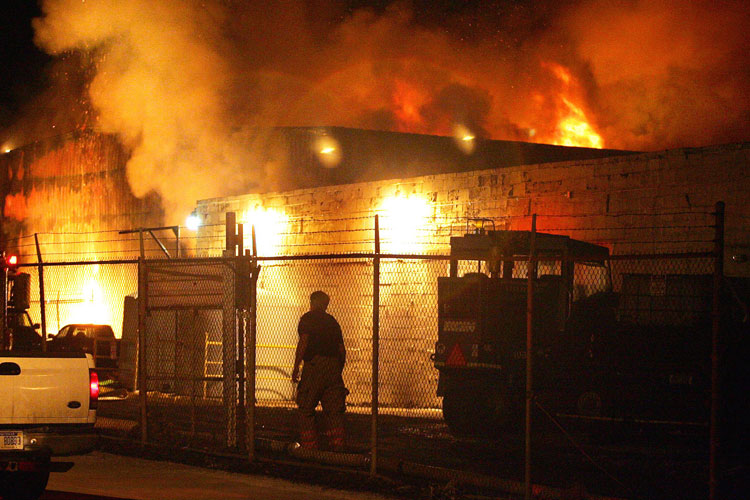Combustible dust comes from many sources including flour, wood, rubber, pesticides, coals, metals, feed and sugar. Dust explosions are dangerous and can cause long-term damage to the environment and the buildings. People caught in an explosion can get injured and in worst cases, die.
In the United States, the Safety and Hazard Investigation Board noted 281 combustible dust incidents between 1980 and 2005. During this time, 119 employees lost their lives with 718 others suffering injuries.
Since 2006, the CSB reports seventy new combustible dust incidences.
In 2003, 3 serious explosions took the lives of 14 workers.
In 2008, the Georgia Sugar Refinery combustible dust explosion took the lives of 14 people and injured 40 others.
In Michigan, an electrical power generation plant exploded killing 14 people. The incident was triggered when natural gas from a boiler exploded, this led to another explosion caused by suspended coal dust.
5 people died and 6 others were seriously injured in a rubber fabricating plant in Mississippi. The explosion was due to high accumulations of highly combustible dust.
Seven workers lost their lives after an explosion fueled by resin at a Kentucky fibreglass insulation factory.
In Indiana, a wheel manufacturing plant exploded due to accumulated aluminum dust killing one and severely burning 3 other employees.
Even with these events, OSHA still estimates that 30,000 facilities in the U.S are at risk for such explosions.
What is the Problem?
The main factors for combustible dust explosions include:
- Facilities failing to conform to the set safety standards.
- Inadequate ways and training for getting rid of dust.
- Lack of knowledge by managers and workers.
- Failure to identify warning events.
- Inadequately designed and maintained dust collectors.
- Making changes without reviewing new potential hazards.
Proper housekeeping is important when dealing with combustible dust hazards. Former OSHA Secretary, Mr Edwin Foulke Jr stated in a “60 Minutes” interview that observing housekeeping standards would eliminate combustible dust explosions.
Training is, therefore, critical for dealing with combustible dust. Simple awareness doesn’t cut it, your workers should know the external incidences to gain a realistic awareness of the involved risks.
The Regulatory Situation
There has been much talk about the creation of new OSHA standards led by the CSB (American Society of Safety Engineers), people in Congress and interest groups.
The U.S House bill 5522 worked with OSHA to device a federal standard centered on the National Fire Protection Association (NFPA) consensus standards. This bill was passed by the House but stalled after getting to the Senate, President Bush even threatened to veto it. However, this bill has been reintroduced and is likely to get more support.
Supporters point to the grain handling facilities standards by OSHA. These rules have reduced grain dust explosions by 42% and injuries and deaths by 60% that is 5 fatalities per year.
The Time to Act Is Now
Instead of adopting the “wait and see” approach, the time to act is now. Do not overlook the already existing standards such as the NFPA 654 standards for handling combustible particulate solids.
Even with the lack of a comprehensive standard:
- OSHA can flag facilities that using the Combustible Dust National Emphasis Program (NEP), PPE hazard assessment, and the CPL 03-00-2008, as well as electrical installations.
- By using the consensus standards, companies are civilly liable.
- Through media attention, awareness of combustible dust risks is high.
- More laws are being passed by state, local organizations, OSHA state agencies, insurance risk managers and other stakeholders.
Adhering to the said rules and regulations isn’t cheap and the most important step is for companies to run a risk analysis to find out what’s needed and prioritize. If the changes cannot be made now, plan and commit funds for future implementation.
The following should be carefully assessed:
- Processes that produce, consume or use combustible dust.
- Materials that can be combustible once divided.
- Open areas where combustible dust can collect.
- Hidden places where combustible dust can build up.
- How the dust can be dispersed in the air.
- Potential sources of ignition.
You should make sure that your people are trained because the effectiveness of these controls relies on their part. Train and retrain your staff to take combustible dust seriously. Keep checking the OSHA and NFPA standards to keep your combustible dust control measures updated.













